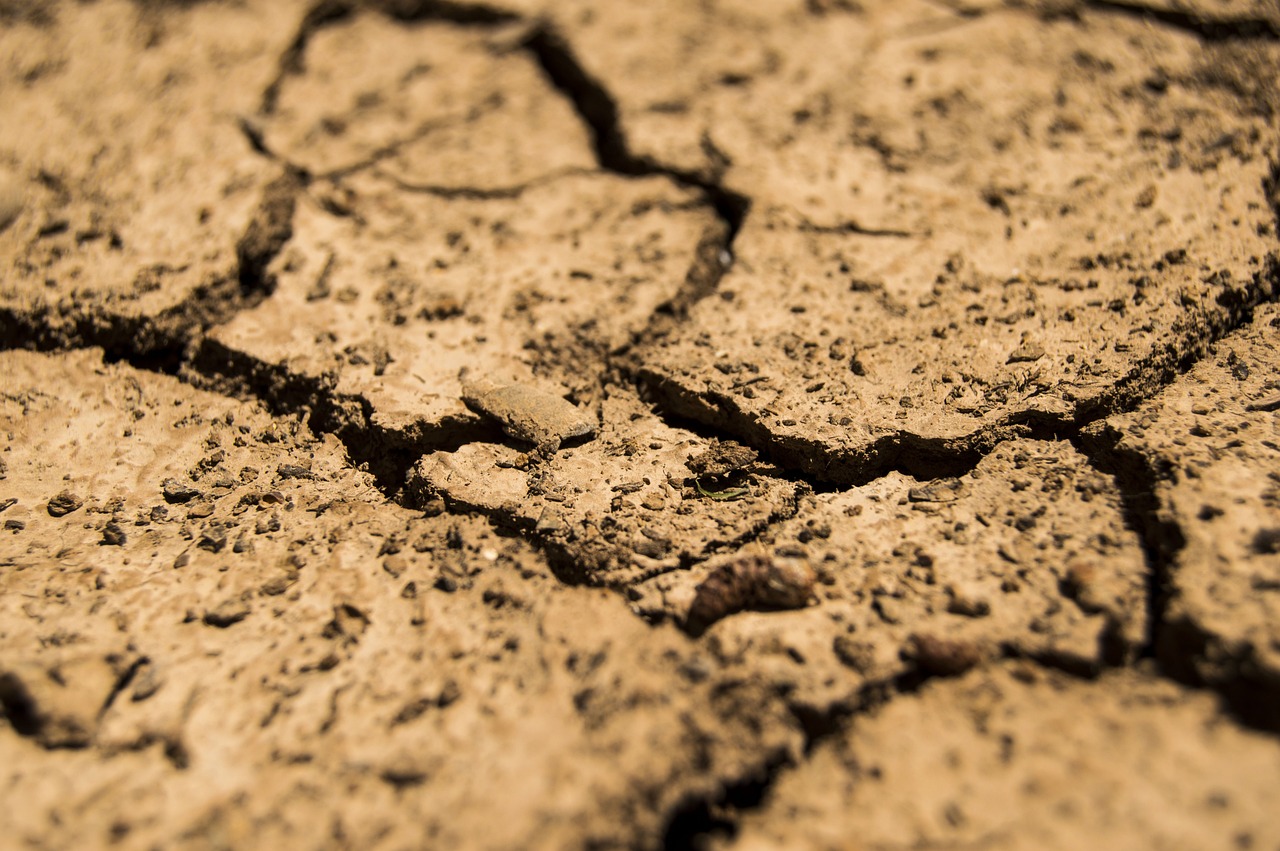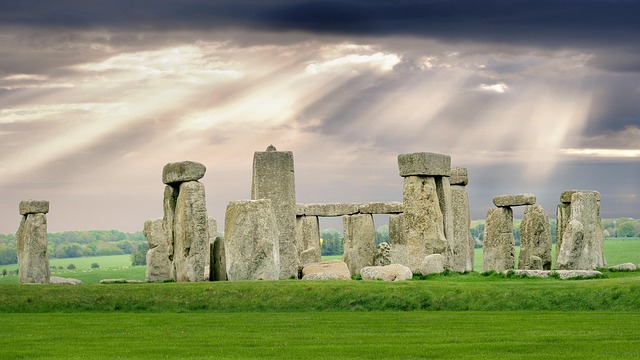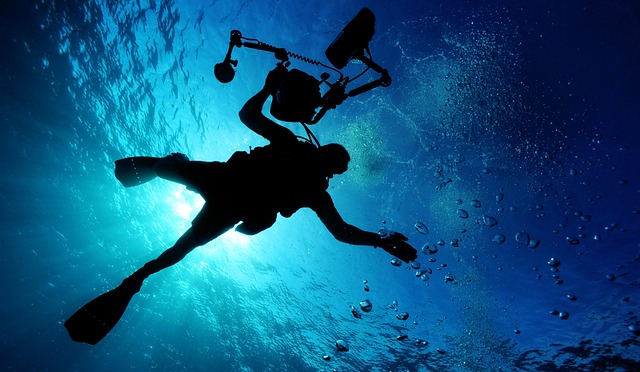Article Title:Where do the lead ingots of the Saintes-Maries-de-la-Mer wreck come from? Archaeology compared with physics
Abstract:
The lead isotope compositions of many different samples from lead ingots of Roman age from two relicts (from Cabrera, and from Saitnes-Maries-de-la-Mer) of the Western Mediterranean have been measured. Other lead isotope analyses of ores, metals or lead ingots from mines of Sierra Morena and from Cartagena and Sardinia have been accomplished. All the lead isotope measurements have been performed at the Joint Research Centre of the European Union, Ispra (Va), Italy. The samples have been prepared in a class 100 clean room, using only ultrapure reagents and FEP materials. In view of the archaeological arguments, it was possible to believe that the Roman lead ingots of the Saintes-Maries-de-la-Mer 1 wreck came from Spanish lodes, as well as those of the Cabrera wreck. In fact, while the comparison between the first group of ingots (Cabrera 5) and the lead from Sierra Morena is consistent, the correspondence between the second group of ingots (Saitnes-Maries-de-la-Mer 1) and the Cevennes ores (southern France) gives rise to several problems concerning the archaeological and physical origins. These problems are discussed.
Keywords: Roman wrecks; Spanish ores in the Roman Age; lead isotope; ratios; lead ingots
DOI: 10.1111/1475-4754.00023
Source:ARCHAEOMETRY
Welcome to correct the error, please contact email: humanisticspider@gmail.com



